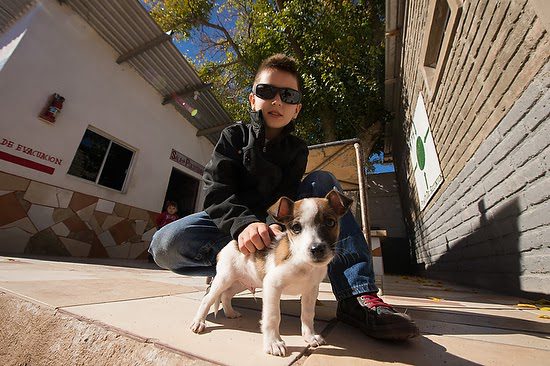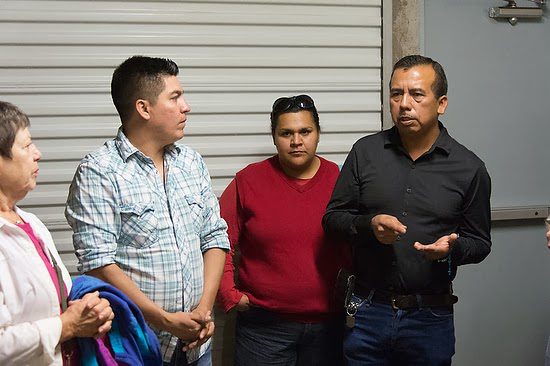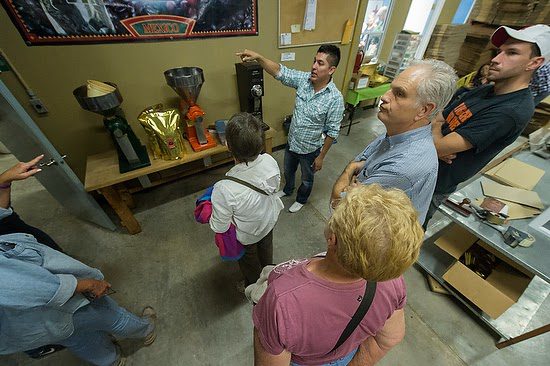“What could be so bad as to try crossing the border?” was asked over and over by our group. We only spent three hours walking some of the paths that illegal immigrants use, and we were doing this in daylight, yet we were tired.
In the top photo, you can see some of the terrains our group had to help each other over in sunlight, and many who cross will do so at night. Many will break ankles just on the landscape alone.
The fence slows down someone for about fifteen seconds if they make it. Sometimes many fall and break legs and arms trying to go over it.
Imagine fathers and mothers often will leave their children behind and families to take this horrible trip that will most likely be around six days in the desert. Then the rest of their time in the US, they will constantly be navigating ways not to get caught and sent back.
Agua Prieta, Mexico, and Douglas, Arizona, are towns divided by a fence. Agua Prieta is the most crossed area of the Mexican border.
Drug cartels hire young people who are US citizens but of Mexican heritage to carry drugs over illegally and then just come back through the checkpoint to do this over and over.
People come on this trip to understand the root causes of this problem. We listed to learn about how NAFTA had its flaws. For example, the Mexican government stopped subsidizing crops, yet the US continues to support major corporate farms.
What took our country a hundred years to change from an agricultural society to an industrial one, Mexico did in less than ten years. The farmers could not compete and had to leave what they knew to do something else, which they had no skills in.
We are seeing one small success through a cooperative formed of coffee growers in Mexico. The nonprofit Frontera de Cristo helped raise the money for a roaster. 100% of the money is staying in Mexico with the farmers.
Those families are no longer looking north and are now helping save their communities.
Here we are touring the roasting facilities in Agua Prieta, Mexico. Later we will fly to the Chiapas area of Southern Mexico to visit the farmers and their families. We will see coffee being grown and how this transforms their lives and communities.
Here is Robusto Coffee which is higher in caffeine.
The lower photo is Arabica coffee which is common in caffeine and smooth to drink. However, how you roast it can change the levels and taste.
Here Adrian Gonzalez, manager of customer relations, talks to us about how they not only sell whole beans but also grind the coffee by request of some customers.
They put the farmer’s names on the bags of coffee, helping to create a relationship between the customer and the farmer.
Stay tuned for photos of the growing process in Salvador Urbina and El Aguila, located in the Chiapas region of Mexico.











